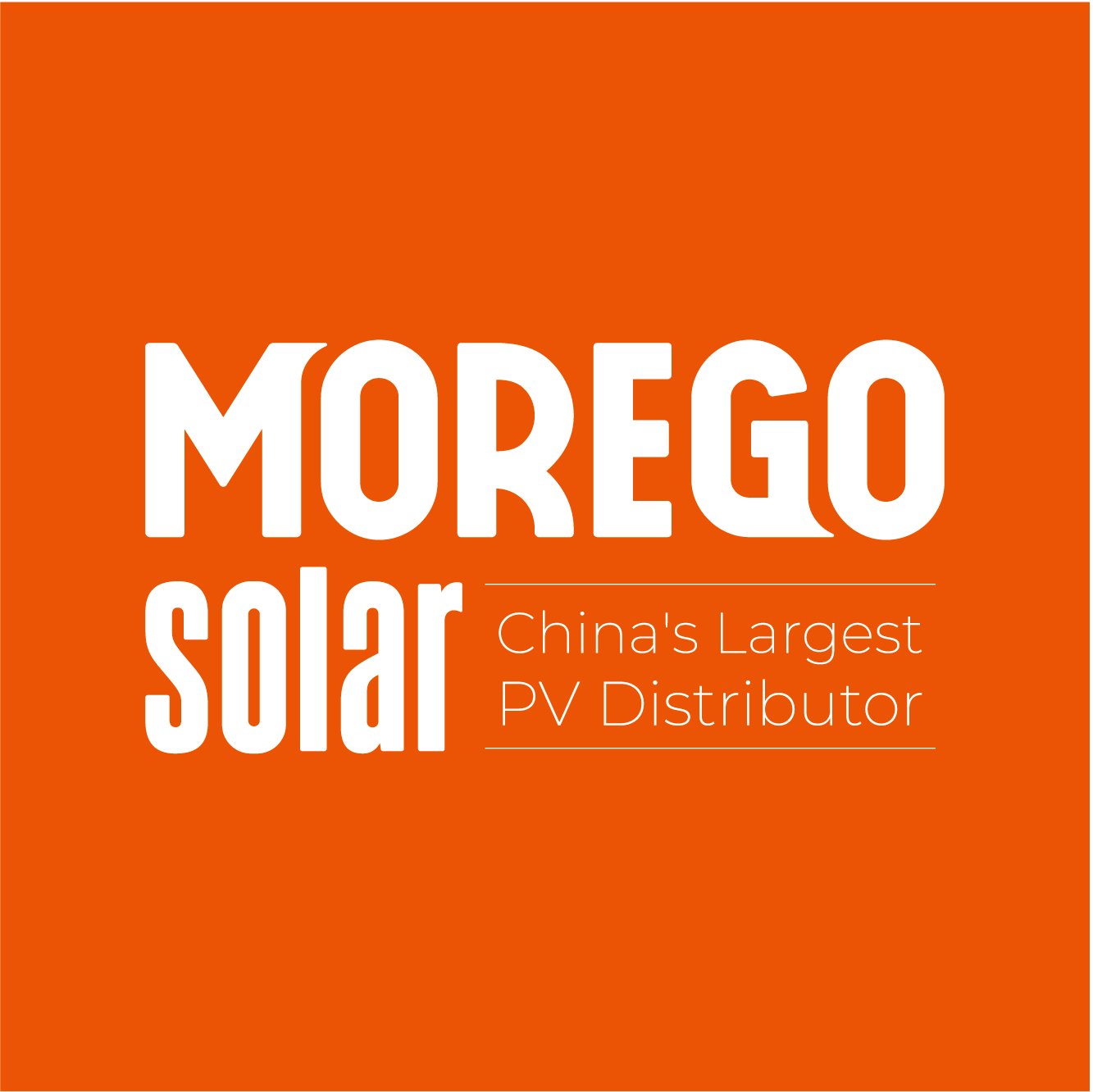What is the Half-Cell Solar Panel?
Traditional full cell panels ( 60 cells) are made with 60 or 72 cells on the entire panel.
A half-Cell module doubles the number of cells into 120 or 144 cells per panel.
The panel is the same size as a full cell panel but with double the cells. By doubling the number of cells, this technology creates more avenues to catch energy from sunlight to send into the inverter.
Essentially, Half-Cell technology is the process of cutting cells into half, reducing resistance so efficiency can increase.
Traditional full cell panels with 60 or 72 cells produce resistance which can lower the panel’s ability to produce more power.
Whereas Half-Cells with 120 or 144 cells have lower resistance, which means more energy is being captured and produced. Half-Cell panels have smaller cells on each panel which reduces mechanical stresses on the panel. The smaller the cell, the lesser chance of the panel micro cracking.
Moreover, Half-Cell technology provides higher power output ratings and is usually more reliable than traditional full cell panels.

Advantages of Half cell:
Due to the reduction of internal circuit and internal consumption, packaging efficiency is improved.
In addition, the working temperature of the component is reduced, which reduces the probability of hot spot and improves the reliability and safety of the component.
In the aspect of shadow shading, due to the unique design. It has better anti-shading performance than conventional solar panels.
Compared with traditional solar panel, half-cell solar panels are mainly manifested in five aspects:
1. Reduce heat and temperature loss.
With reduced internal current and internal losses, the operating temperature of the assembly and junction box is reduced. At same time, the risk of hot spots and damage to the entire assembly is greatly reduced.
In the outdoor working state of the solar panels, the temperature of the half-cell component is about 1.6℃ lower than that of the conventional whole piece component.
2. Reduce loss caused by shading.
With its special conjoint structure, half-cell solar panels can improve the longitudinal arrangement of support, land utilization and reduce the loss of power generation caused by shading.
3. Improve packaging efficiency.
Encapsulation loss of conventional solar panels is generally greater than 1%, while the loss of half-cell solar panels is generally around 0.2%.
Therefore, the half-cell solar panels make use of the characteristics of low current and improve the packaging efficiency of solar panels.
4. Half-cell technology is more durable for long-life performance
HC technology is less susceptible to micro-cracking due to the smaller size of the solar cells. The mechanical stress on the entire panel is lessened which reduces the opportunity for micro cracks to develop.
Therefore, HC panels are more durable and less prone to cracking over long periods of time.
5. Split junction boxes
Hot spots are very common in poorly manufactured solar PV panels and can severely reduce the lifespan of a solar PV panel.
Half-Cell solar PV panels have less heat below the individual cells on the panel. Hot spots are common and a negative that comes with solar energy systems that receive high levels of constant heat. In some major cases, hot spots can cause fire risks to the customer’s home. Having a split junction box reduces cell heating and the possibility for hot spots occur.
The Development Trend of Half-Cell Technology
With more and more pressure on power station investors to access the Internet at a reasonable price, the demand for the cost per kilowatt hour is getting higher and higher.
Compared with conventional solar panels, the main cost increases in the manufacturing process including the battery slicing, auxiliary materials and labor costs, equipment depreciation costs and so on.
But the power of the half-cell solar panel can be improved by 5W-10W or more than the same version of the solar panels. As component prices continue to fall, the overall system cost of half-cell components is reduced.
Because semi-battery modules produce more power than full-battery modules and are more efficient and reliable. To be conclude, using them can save installers time and money.

I recommend half-cell solar panels are as follows, and you can see the comparison data between them.
More details and price list, Please Contact Us.
| Brand | Model | Power | Efficiency | Suitable for |
| Longi solar | LR4-60HPH 370-385M | 370W | 20.3% | Roof / Residential / C&L |
| Longi solar | LR4-72HPH 440-460M | 455W | 20.9% | Residential / C&L |
| Canadian solar | CS3W 445-460MS | 450W | 20.6% | Roof / Residential / C&L |
| Canadian solar | CS7N 650-665MS | 660W | 21.2% | Utility |
| JA solar | JAM72S20 450-470/MR | 455W | 20.7% | Residential / C&L |
| JA solar | JAM72S30 535-550/MR | 540W | 20.7% | C&L / Utility |
| Moregosolar | MG04-M60S 400-410W | 400W | 20.8% | Roof / Residential |
| Moregosolar | MG04-M66S 500-510W | 500W | 20.9% | Residential / C&L |

